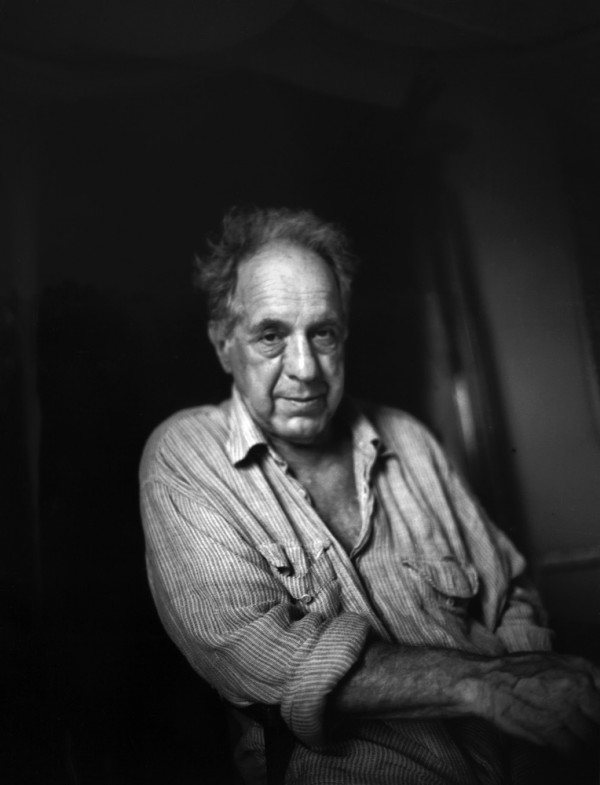Obituary: Robert Frank
Obituary: Robert Frank
Robert Frank
September 11, 2019
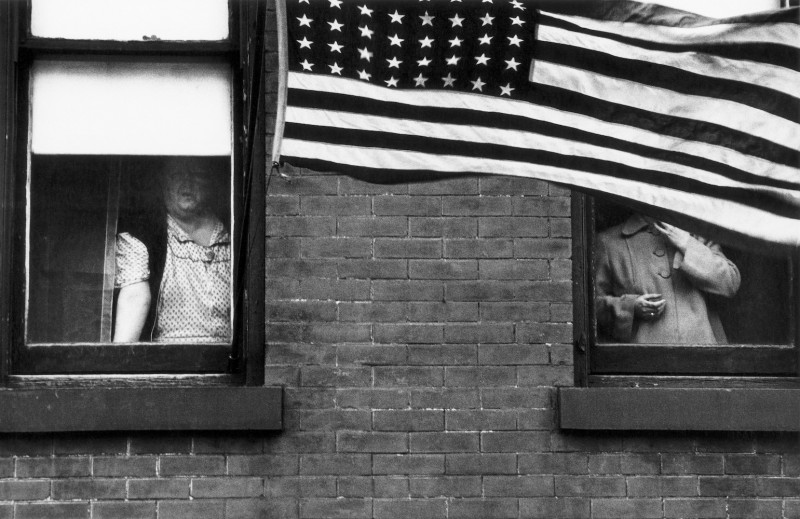
Parade – Hoboken, New Jersey, 1955 © Robert Frank from The Americans, courtesy Pace/MacGill
Born in Zurich, the photographer moved to New York in 1947, where he was employed by Alexey Brodovitch for Harper´s Bazaar; but he had difficulty getting his head around fashion photography. He was the first European photographer to receive a Guggenheim grant in 1955. It allowed him to begin exploring the United States, travelling in a fifties Ford, equipped with a Leica, and visiting nearly every one of the 50 states.
His Leica meant he was able to have a spontaneous, often intuitive approach to his work. The pictures are raw, and seem to correspond perfectly to the basic mood that imbued the trip. They are notable for their distanced view, presented with a certain ruthlessness, regardless of the milieu or social strata he was moving in. The people he portrayed appear lonely, strangely uninvolved, even when shown as part of a group. Next to people, it was “things” that interested Frank: letter boxes, shop windows, flags, and crosses were transformed into still-lifes, representative of a disillusioned, depressed society. This is the way Frank's friend, the beat poet Jack Kerouac, referred to the mood instilled by the pictures, in the foreword to the American edition: “After seeing these pictures you end up not knowing any more whether a jukebox is sadder than a coffin.”
Frank was also a seminal film maker, and is considered one of the pioneers of independent cinema. Starting in the sixties, he produced numerous films, and later on directed music videos. In recent years he lived withdrawn from society and rarely gave interviews.
The exhibition Unseen curated in cooperation with the Fotostiftung Schweiz, will open posthumously on Thursday, September 12, at C/O Berlin, and will run until November 30.(Ulrich Rüter)
All images on this page © Robert frank with kind permission of Pace/MacGill
Robert Frank+-
Frank was born in Zurich on November 9, 1924, the second son of a Jewish businessman from Frankfurt. He started training with various photographers as of 1941. He became a Swiss citizen in 1945, then moved to the United States in 1947, where he became a citizen in 1963. In 1972 he returned to photography, experimenting with Polaroid. Over the following years, he received numerous awards, and had many publications and exhibitions. Frank was married twice and had two children. He passed away on September 9, 2019, in Inverness, Nova Scotia, Canada. More

Parade – Hoboken, New Jersey, 1955 © Robert Frank from The Americans, courtesy Pace/MacGill
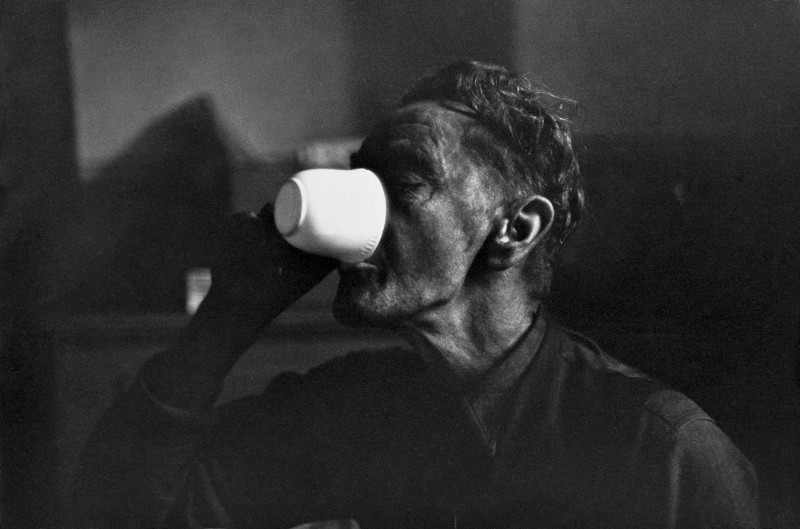
Wales, Ben James, 1953 © Robert Frank, courtesy Pace/MacGill
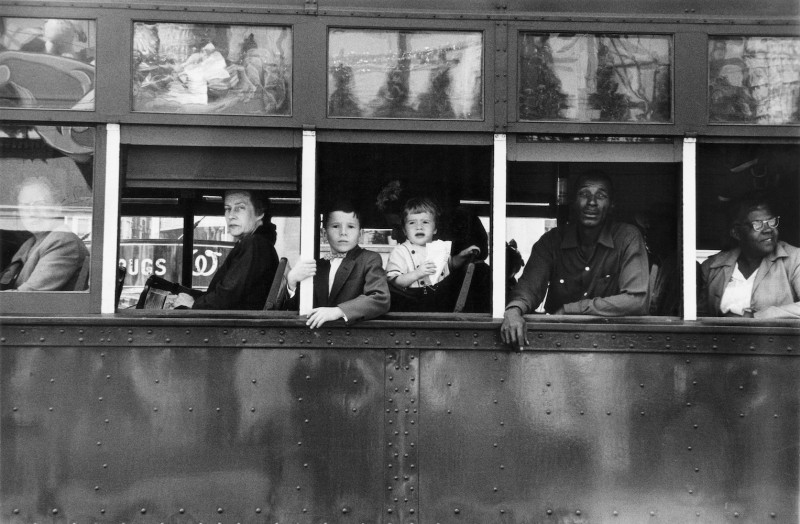
Trolley – New Orleans, 1955 © Robert Frank from The Americans, courtesy Pace/MacGill
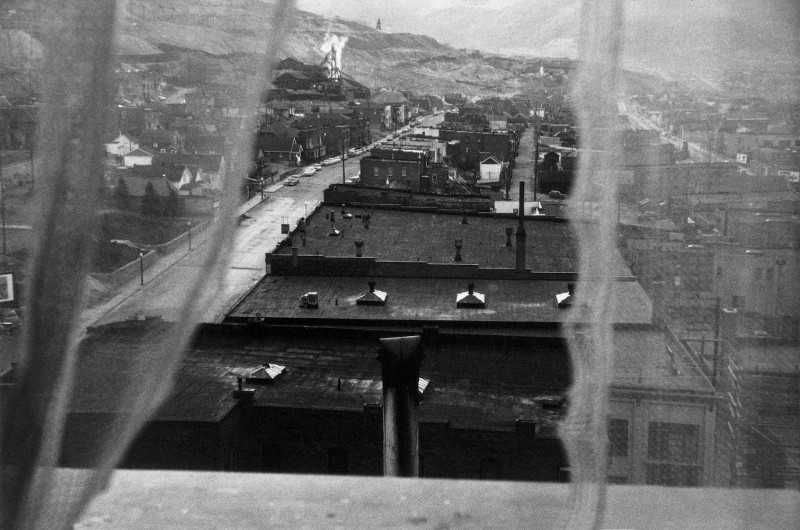
View from hotel window – Butte, Montana, 1956 © Robert Frank from The Americans, courtesy Pace/MacGill
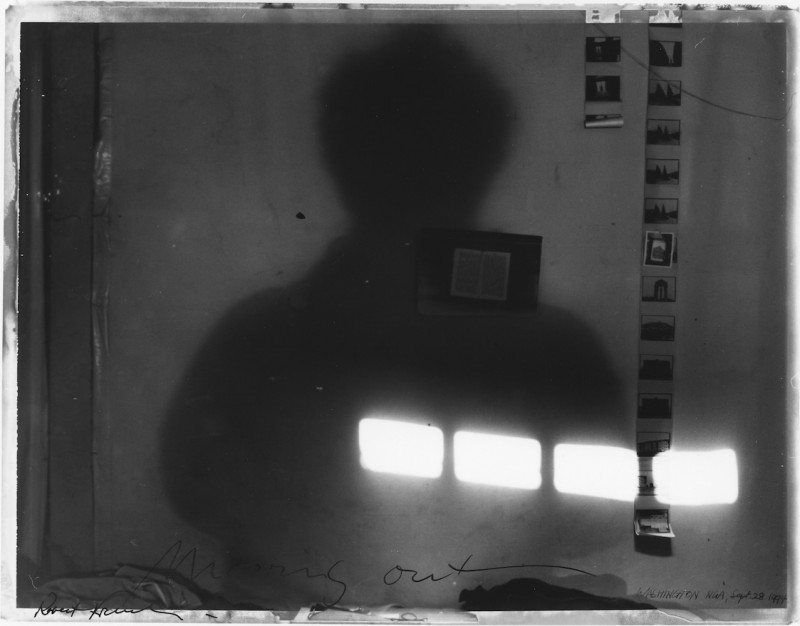
New York City, 7 Bleecker Street, September, 1993 © Robert Frank, courtesy Pace/MacGill
